This site runs ads and generates income from affiliate links. Read my disclosure policy.
Master precise measurements: Learn tablespoons in 1/4 cup, useful calculations, and a conversion chart to elevate your culinary skills!
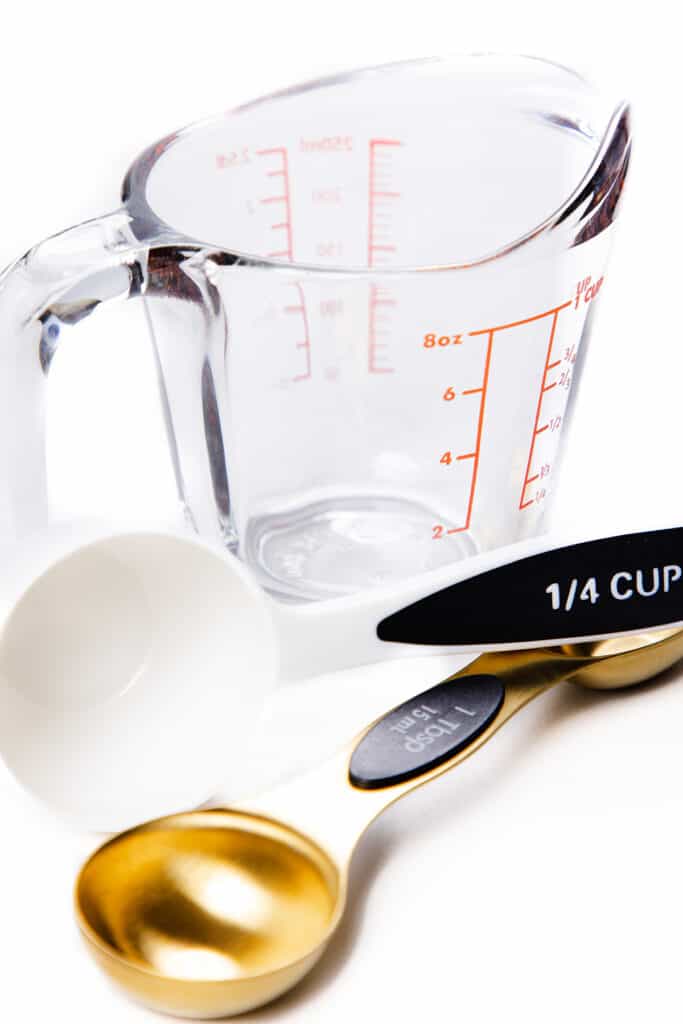
How Many Tablespoons in ¼ Cup?
Whether you’re a seasoned chef or a novice cook, precise measurements are the key to successful recipes. Accuracy is crucial for achieving the desired flavors and textures in the culinary world. So, what happens when a recipe calls for ¼ cup, but all you have are measuring spoons? Fear not, as we delve into the world of measurements and conversions to equip you with the knowledge you need in the kitchen.
The US Conversion Formula
When a recipe calls for a US ¼ cup, but you only have to measure spoons at hand, fear not! Here’s a simple way to figure it out:
There are 16 tablespoons in 1 cup, so the equation to determine the number of tablespoons in a given number of cups is simple:
0.25 x 16 = 4.
Therefore, there are precisely 4 US tablespoons in ¼ cup.
Tablespoons Around the World
The term “tablespoon” may seem like a simple unit of measurement, but it can differ in volume depending on the country or region. These variations can be significant when working with recipes from around the world.
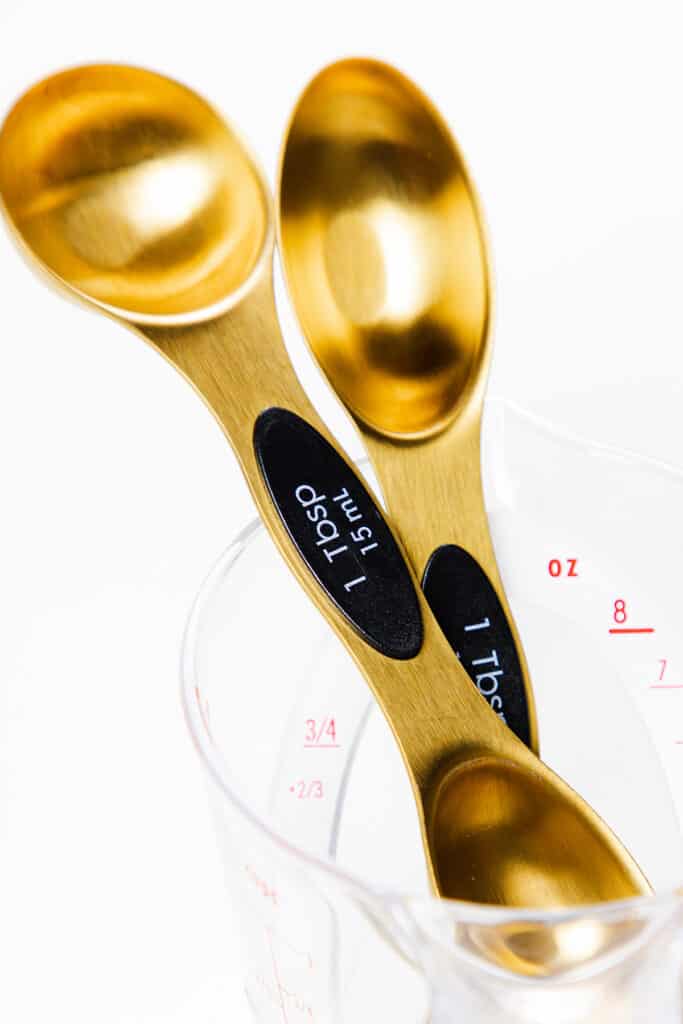
To illustrate these differences, we’ve compiled a conversion table showing the equivalent value of ¼ US cup (approximately 59.15 milliliters) in tablespoons across various countries. Please remember that these are approximate values, and the actual size of a tablespoon can vary slightly, even within a single country.
Equivalent Value of ¼ US Cup in Tablespoons across Different Countries
| Country | Equivalent Value |
|---|---|
| United States, Canada | 4 tablespoons |
| United Kingdom, Australia | Approximately 3 tablespoons |
| New Zealand | Approximately 3 tablespoons |
| Germany (European Union) | 4 tablespoons |
| France (European Union) | Approximately 4.7-4.8 tablespoons |
| Japan | 4 tablespoons |
| South Africa | 4 tablespoons |
| Sweden | 4 tablespoons |
| Russia | Approximately 4.2 tablespoons |
| Netherlands | 4 tablespoons |
Always remember that while many countries align closely with the standard of 15 milliliters per tablespoon, others may define a tablespoon as a larger or smaller volume. When using recipes from different regions, it’s important to double-check these measurements to ensure accuracy.
Metric vs. Imperial Measurements
Culinary pursuits can take you across borders, calling for understanding different measurement systems. Two primary systems dominate the global landscape: the Imperial system, predominantly used in the United States, and the Metric system, which is utilized by most other countries.
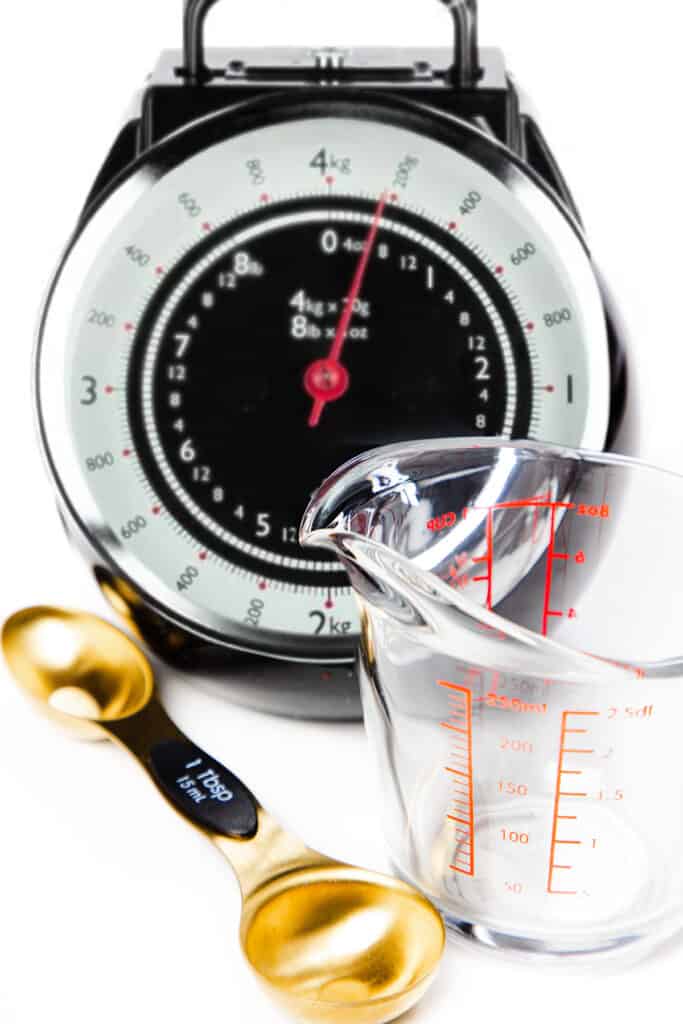
The Imperial system: Measurements are expressed in ounces, pounds, teaspoons, tablespoons, cups, pints, quarts, and gallons.
The Metric system: Measures in milliliters, liters, grams, and kilograms, which are based on multiples of ten and, therefore, easier to work with in theory.
Translating between these two systems is vital for ensuring the success of a recipe, particularly when it originates from a different part of the world.
¼ US cup in Imperial and Metric Units
Below is a conversion table that provides its equivalent of ¼ US cup in some commonly used Metric and Imperial units:
| Measurement | Equivalent to ¼ US Cup |
|---|---|
| Milliliters (Metric) | Approximately 59.15 mL |
| Liters (Metric) | Approximately 0.05915 L |
| Fluid ounces (Imperial) | 2 fl oz |
| Pints (Imperial) | 0.125 pt |
| Quarts (Imperial) | 0.0625 qt |
| Gallons (Imperial) | 0.015625 gal |
| Teaspoons (Imperial) | 12 tsp |
| Tablespoons (Imperial) | 4 tbsp |
Keep in mind that these conversions are approximations. When precision is vital, using a kitchen scale or precise measuring tools is best.
Liquid Conversions
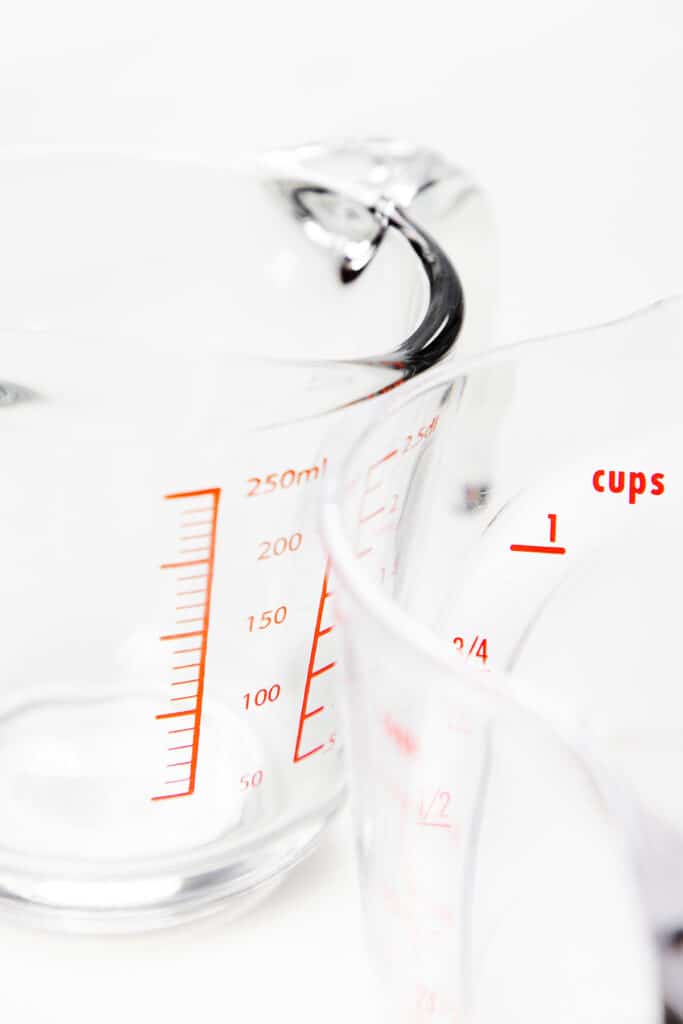
Liquid measurements can vary across different regions and countries. Here are some common forms of liquid conversions used worldwide for a US 1/4 cup.
| Measurement | Equivalent to 1/4 US Cup |
|---|---|
| Milliliters (Metric) | Approximately 59.15 mL |
| Fluid ounces (US) | 2 fl oz |
| Teaspoons (US) | 12 tsp |
| Tablespoons (US) | 4 tbsp |
These are based on US measurements and conversions. Please remember to use precise measuring tools when exact measurements are crucial, especially when following recipes from countries with different measurement standards.
See our conversions guides for more handy measurement conversions.
Erren’s Measuring Tips
- Sift Dry Ingredients: For dry ingredients such as flour, sugar, or cocoa powder, consider sifting them before measuring. Sifting helps break up clumps and ensures a lighter, more uniform texture. It also allows the ingredients to mix more evenly in your recipes, resulting in better-tasting dishes.
- Be Mindful of Measuring Cups: Not all measuring cups are created equal. When measuring liquids, use a liquid measuring cup with a spout to ensure accurate and spill-free measurements. For dry ingredients, use nested dry measuring cups designed to be filled to the brim and leveled off with a straight edge for precise amounts.
- Use Kitchen Scale for Precision: When accuracy is crucial, such as in baking, using a kitchen scale can be a game-changer. Measuring ingredients by weight provides the most precise measurements and ensures recipe consistency. Invest in a reliable kitchen scale and follow weight measurements whenever possible.
- Understand Ingredient Densities: Different ingredients have different densities, which can affect their volume measurements. For example, a cup of flour will weigh differently than a cup of granulated sugar. Familiarize yourself with common ingredient densities to adjust your measurements accordingly and achieve consistent results.
- Keep Conversion Charts Handy: Use a conversion chart or smartphone app in your kitchen to save time and avoid mistakes. These handy references will help you convert between different units of measurement, such as cups to ounces or grams, ensuring accuracy when following recipes from different sources.
- Practice the “Zero Out” Method: When using a digital kitchen scale, make sure to “zero out” the scale before adding each ingredient. This means resetting the scale to zero after placing an empty container on it but before adding the ingredient. This technique allows you to measure ingredients precisely without including the weight of the container.
- Take Note of Liquid vs. Dry Measurements: Understanding the difference between liquid and dry measuring cups is essential. Liquid measuring cups typically have a spout for easy pouring, while dry measuring cups have a level rim for scraping off excess ingredients. Make sure to use the appropriate cup type for each ingredient to achieve accurate measurements.
- Keep a Record of Your Adjustments: As you experiment with substitutions or adjustments in your recipes, keep a kitchen journal to record your findings. Note any successful substitutions, modifications, or measurement adjustments that worked well for future reference. This practice will help you develop your own repertoire of personalized recipes and techniques.

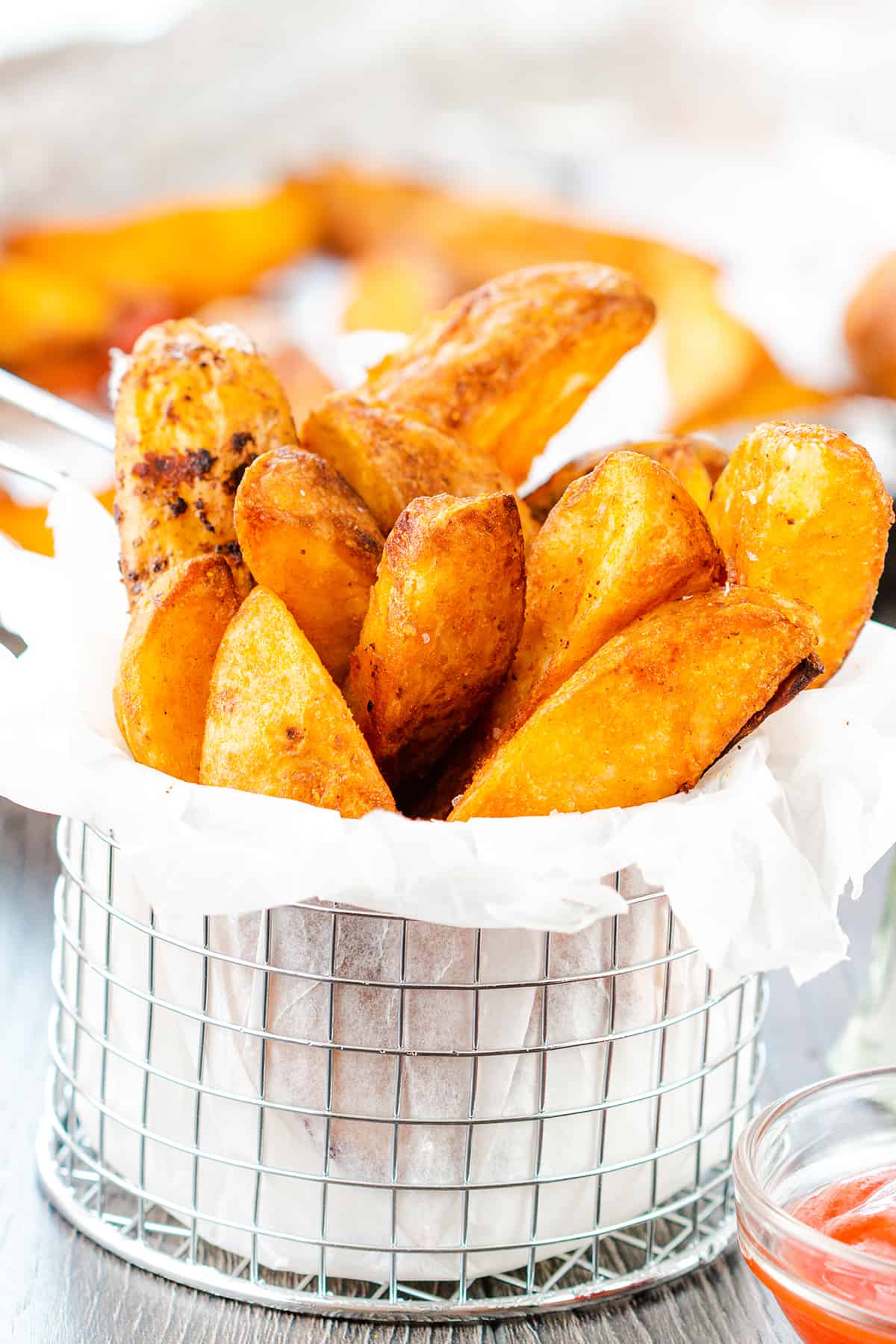
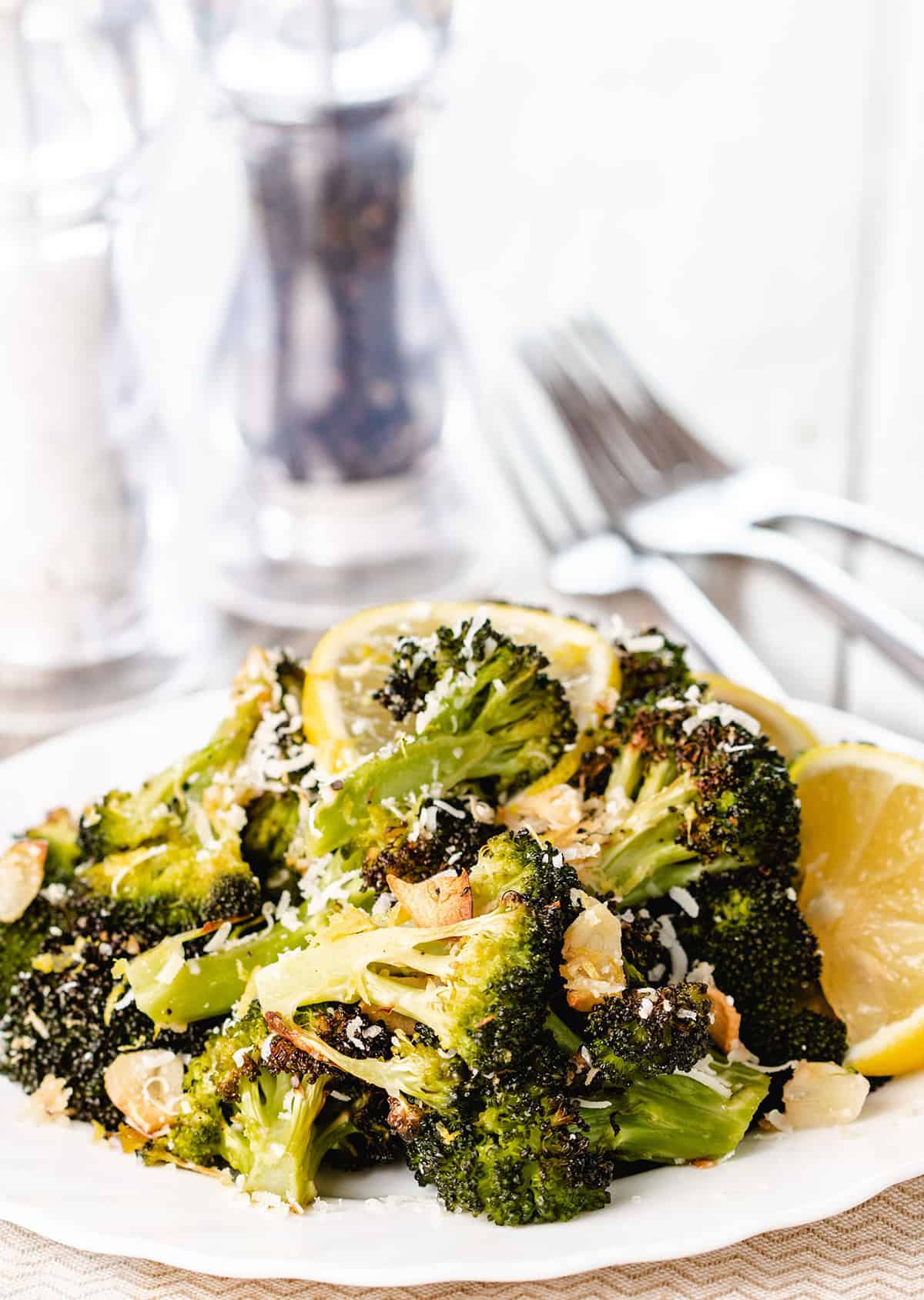
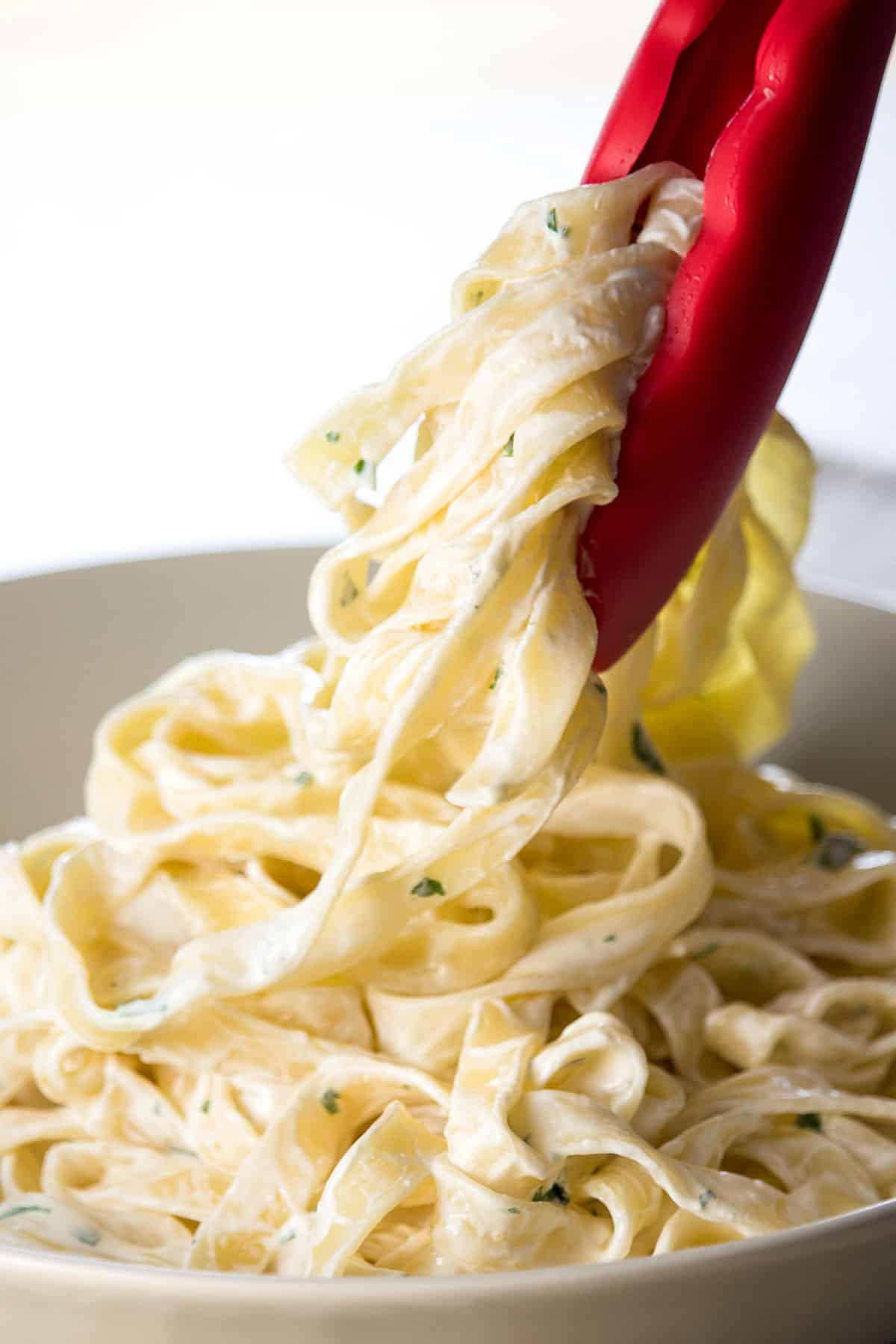
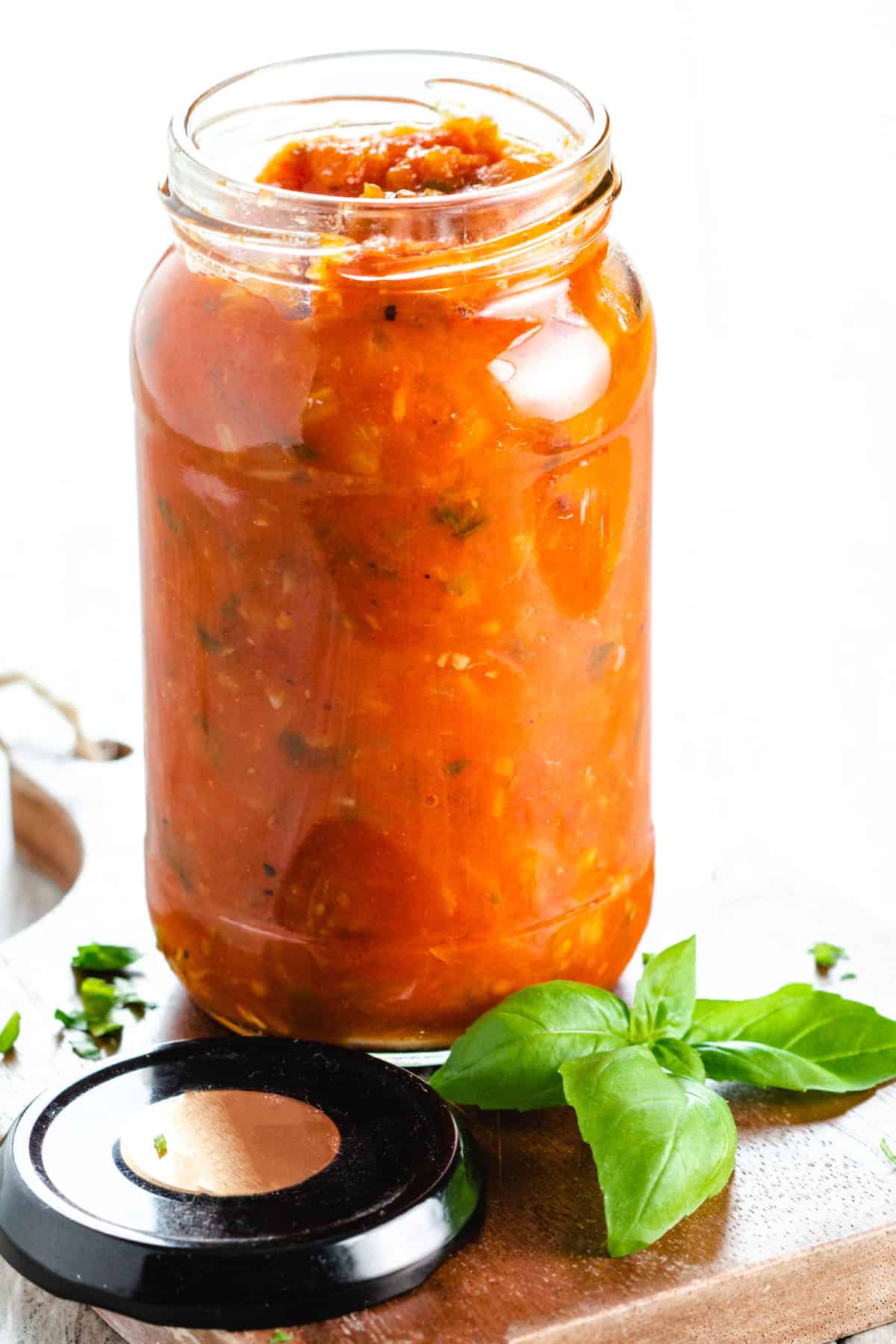
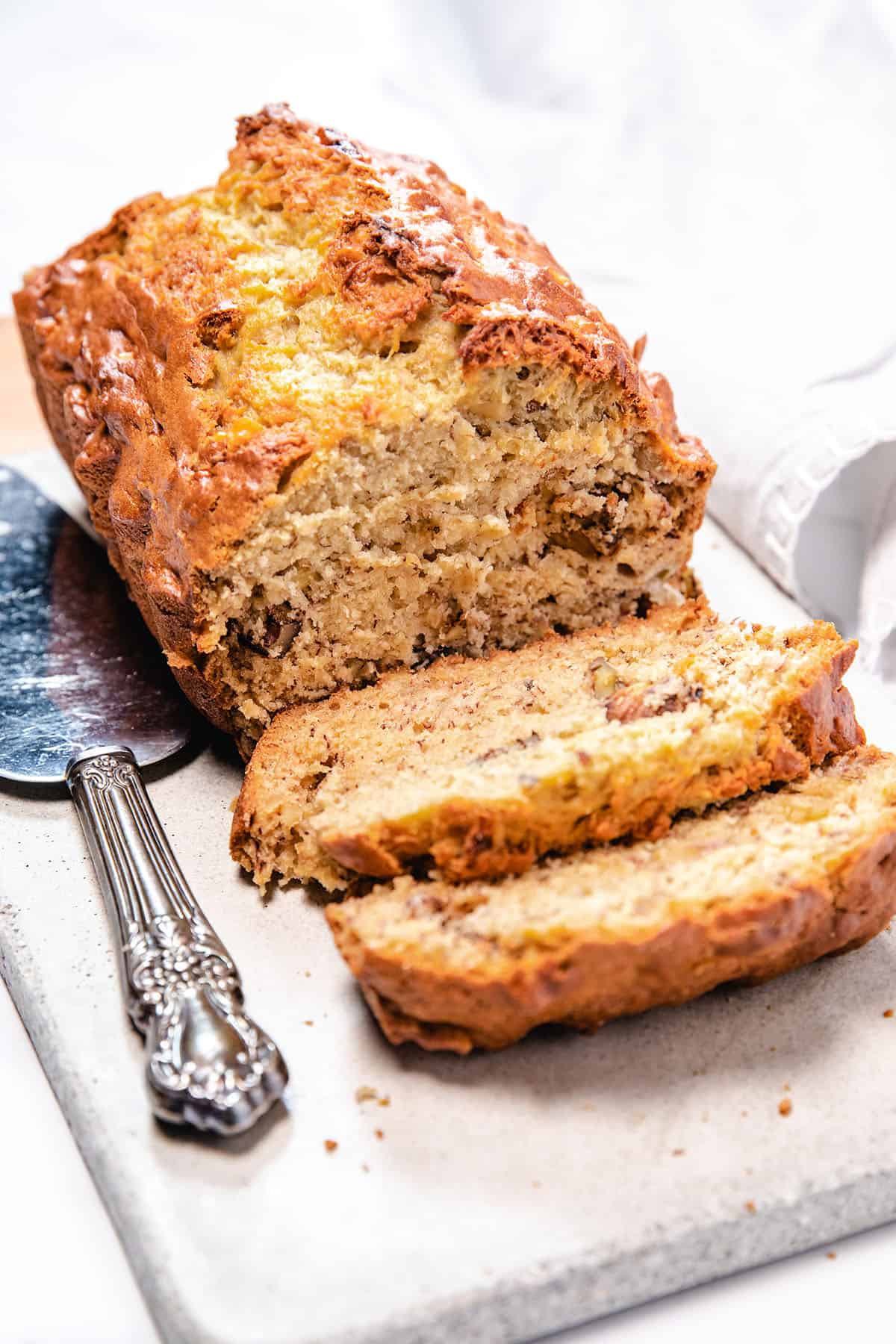
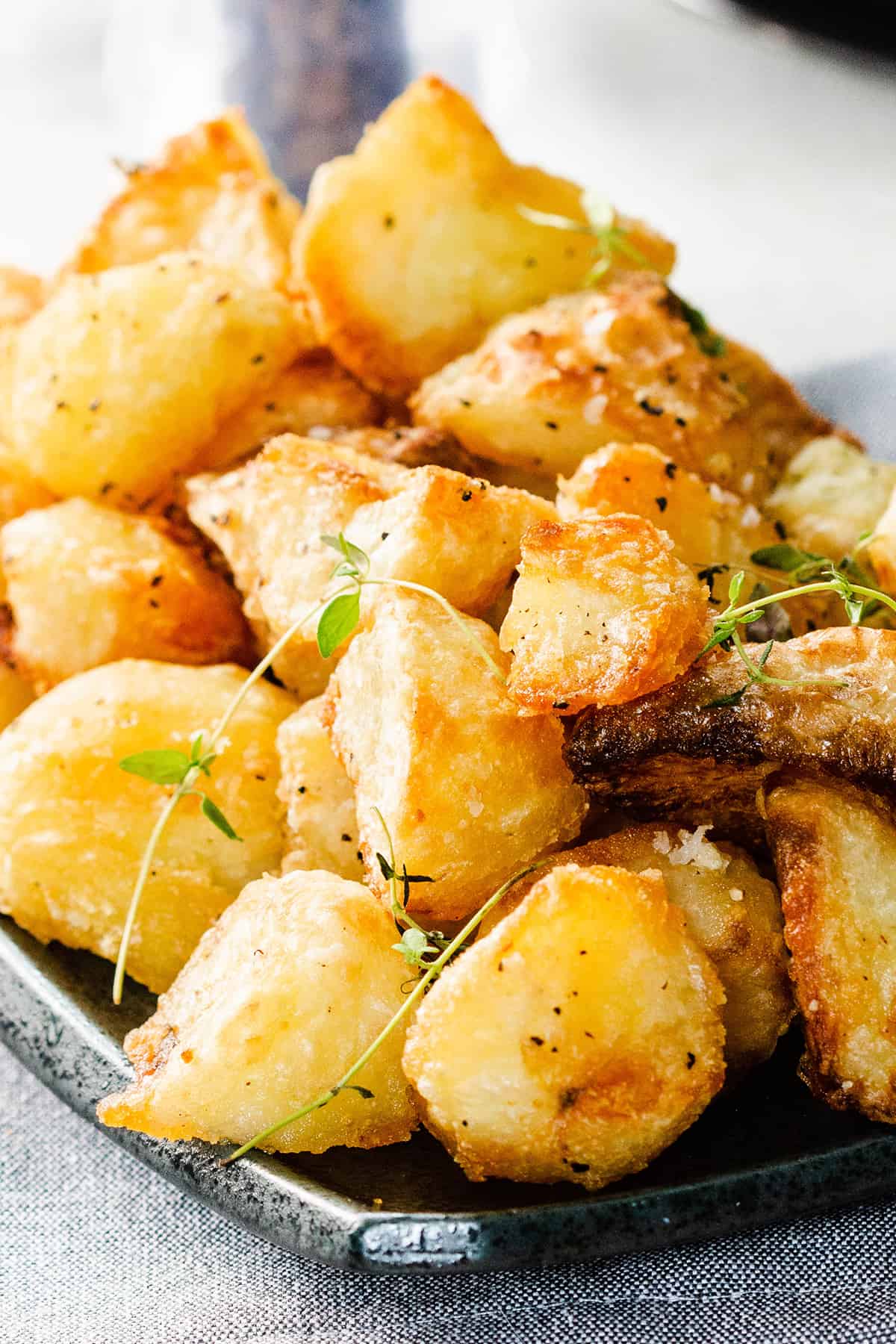
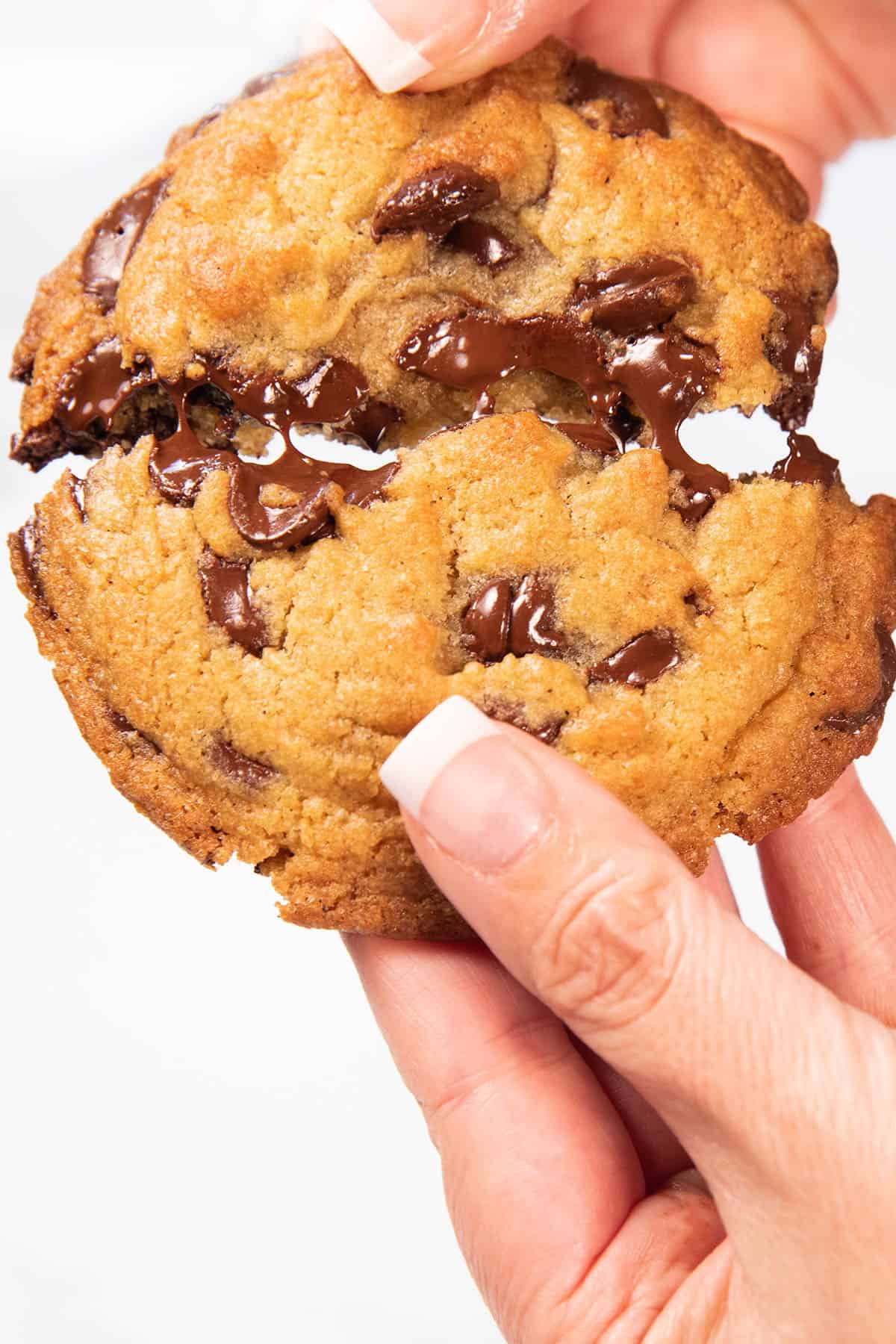
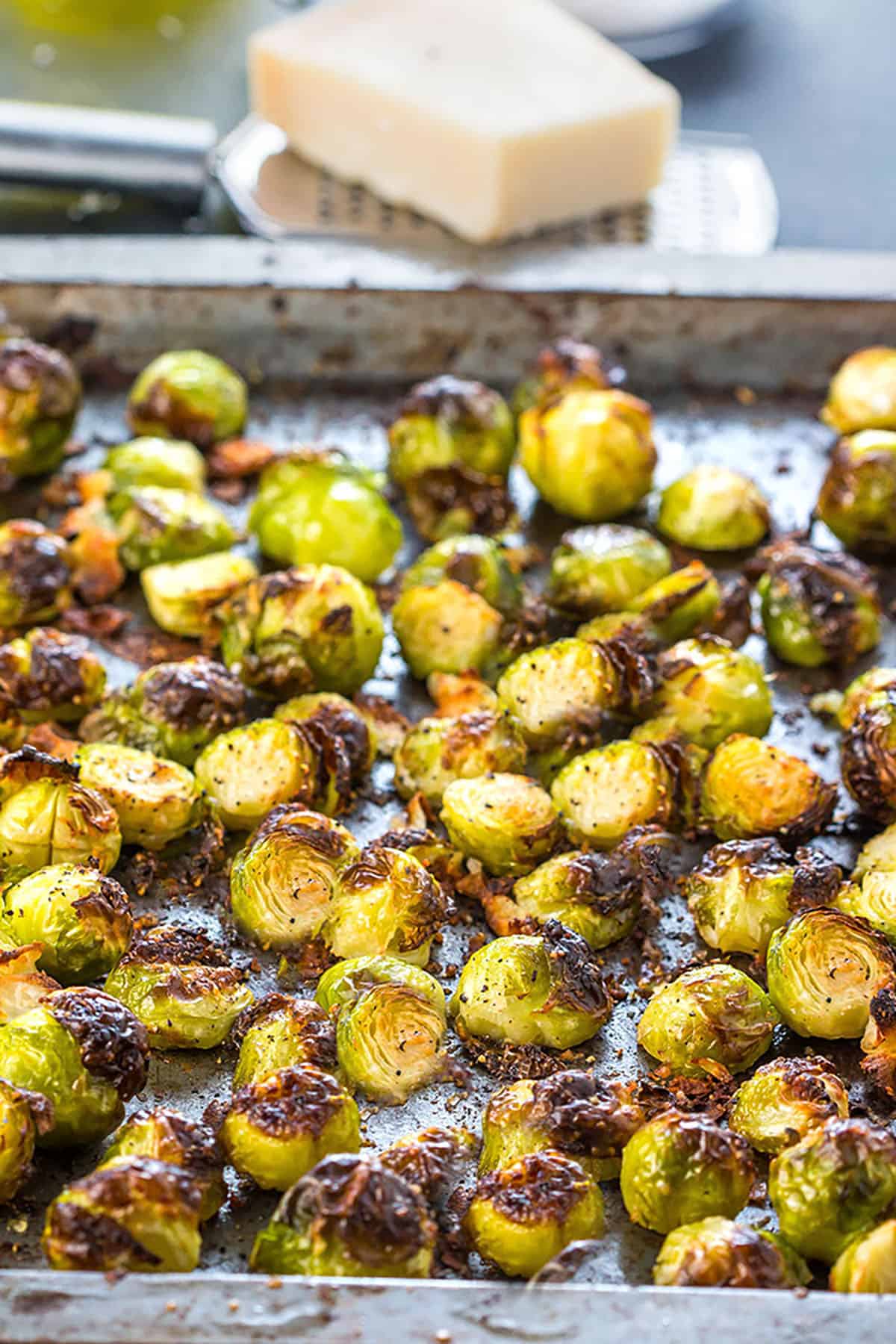
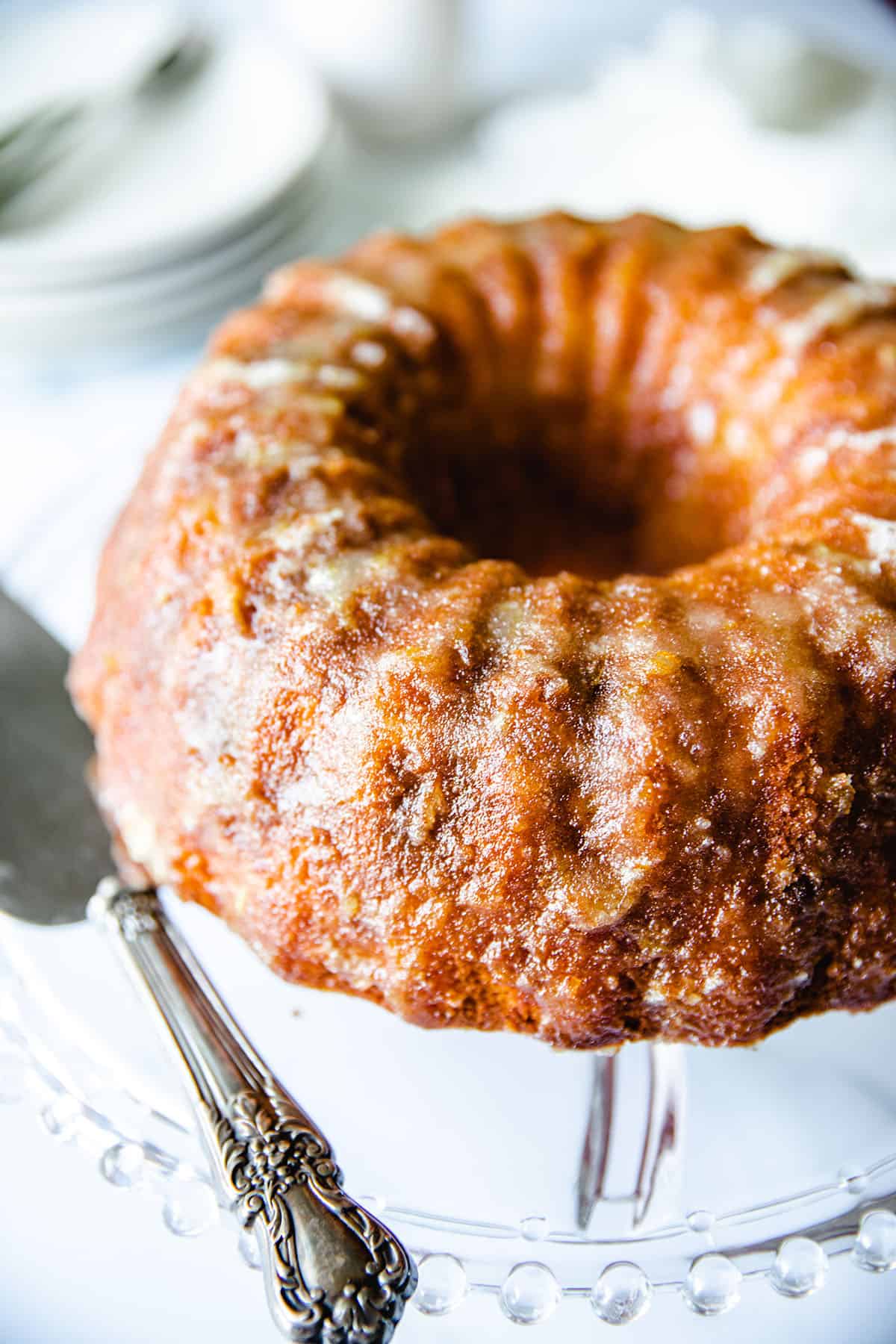
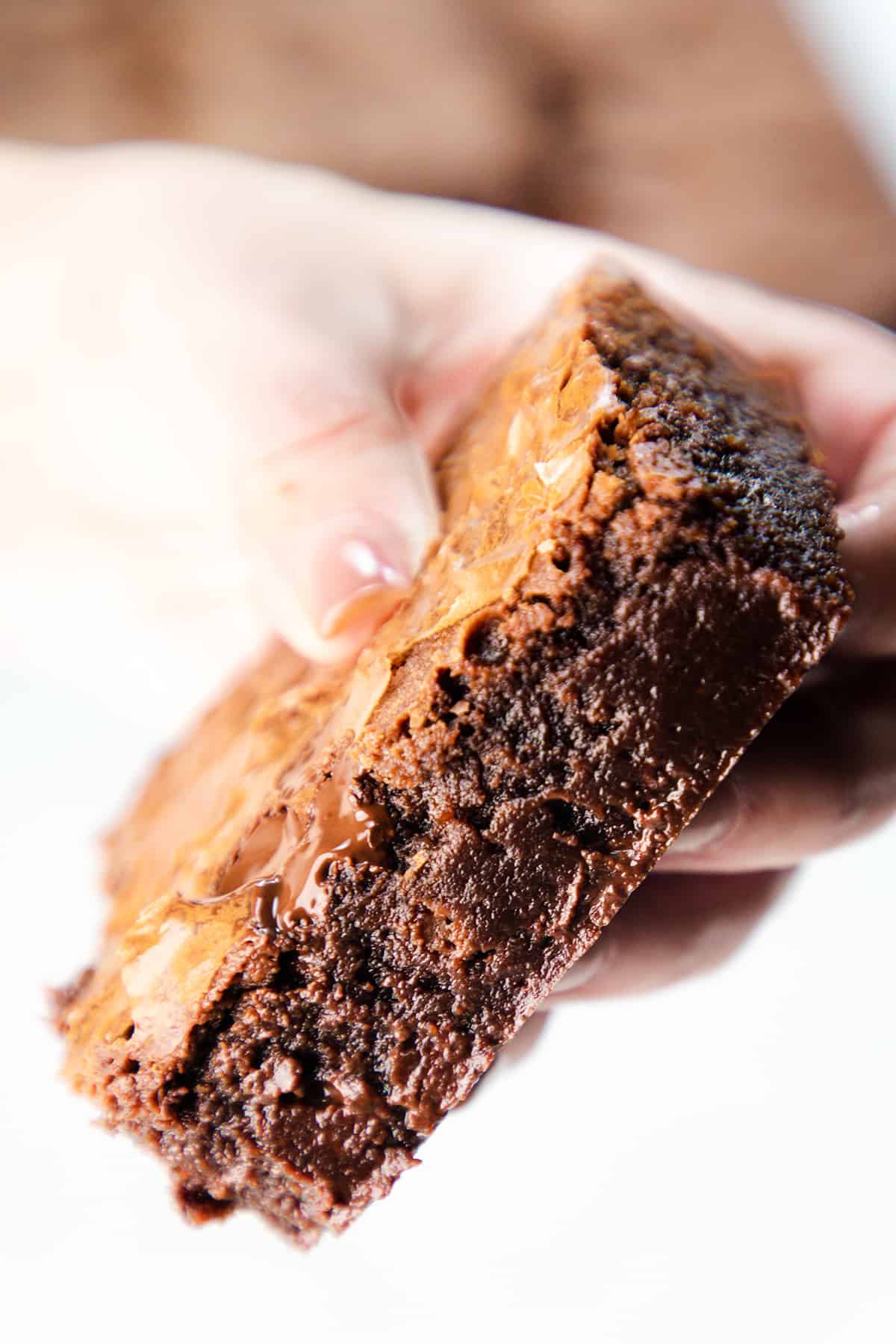
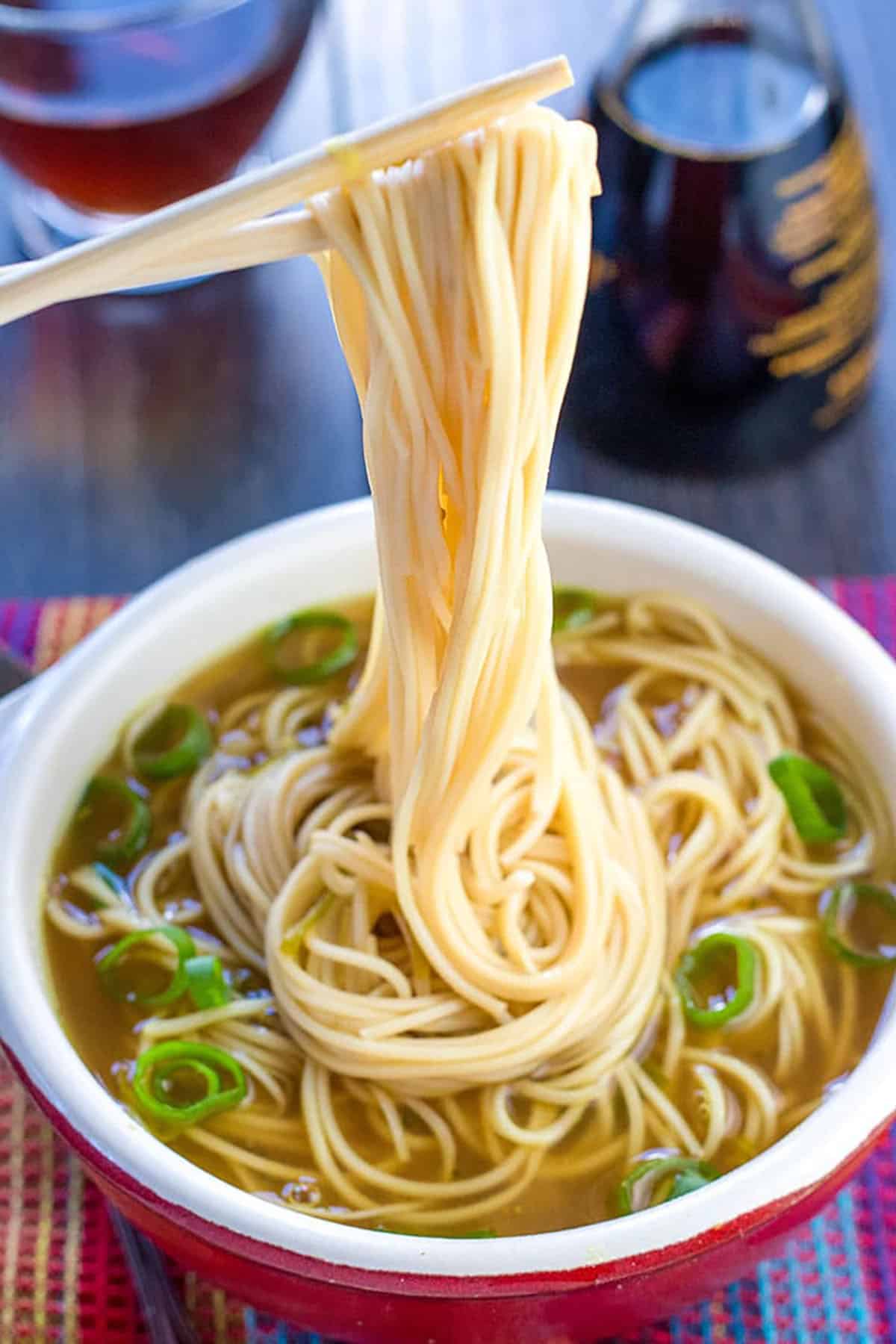
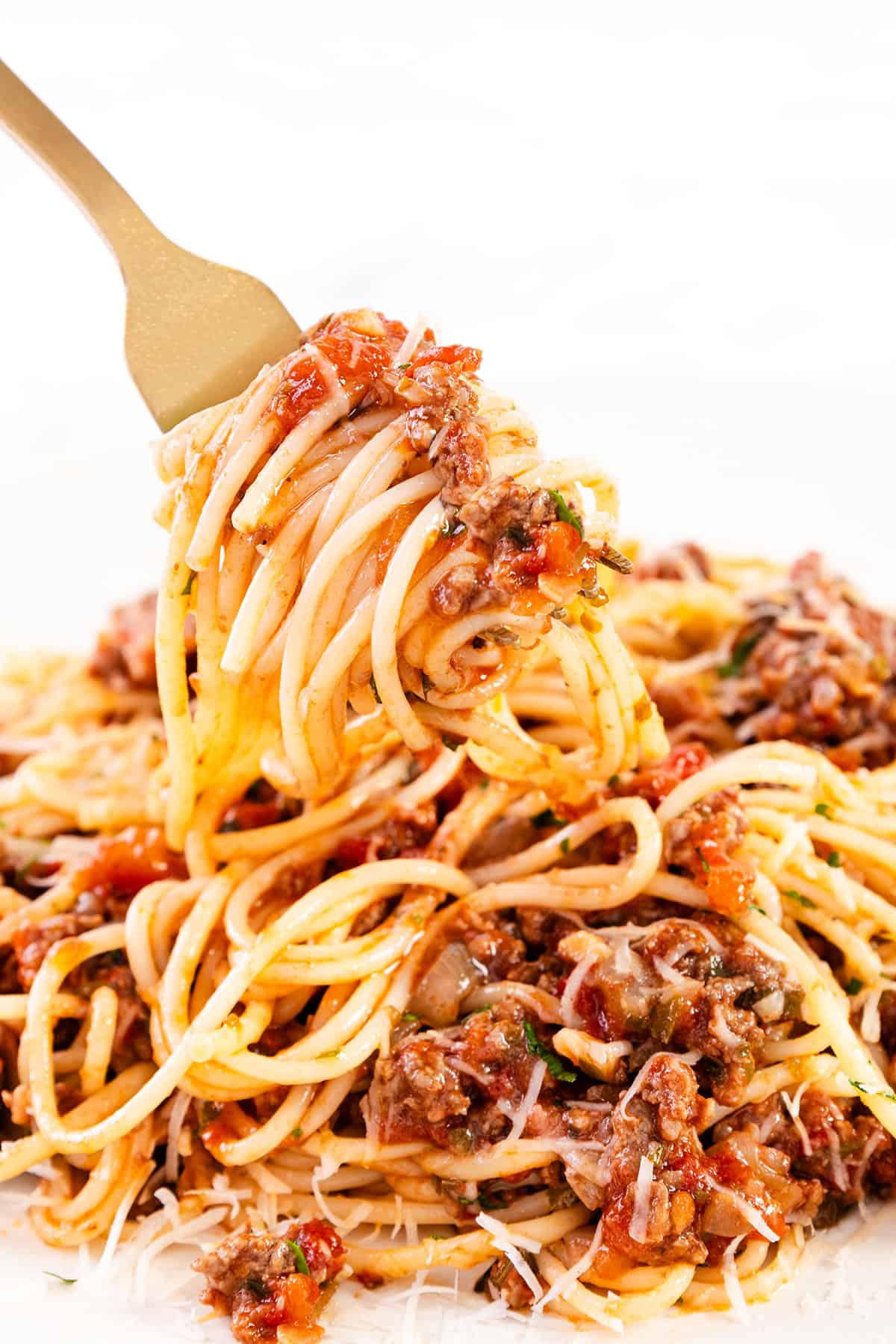
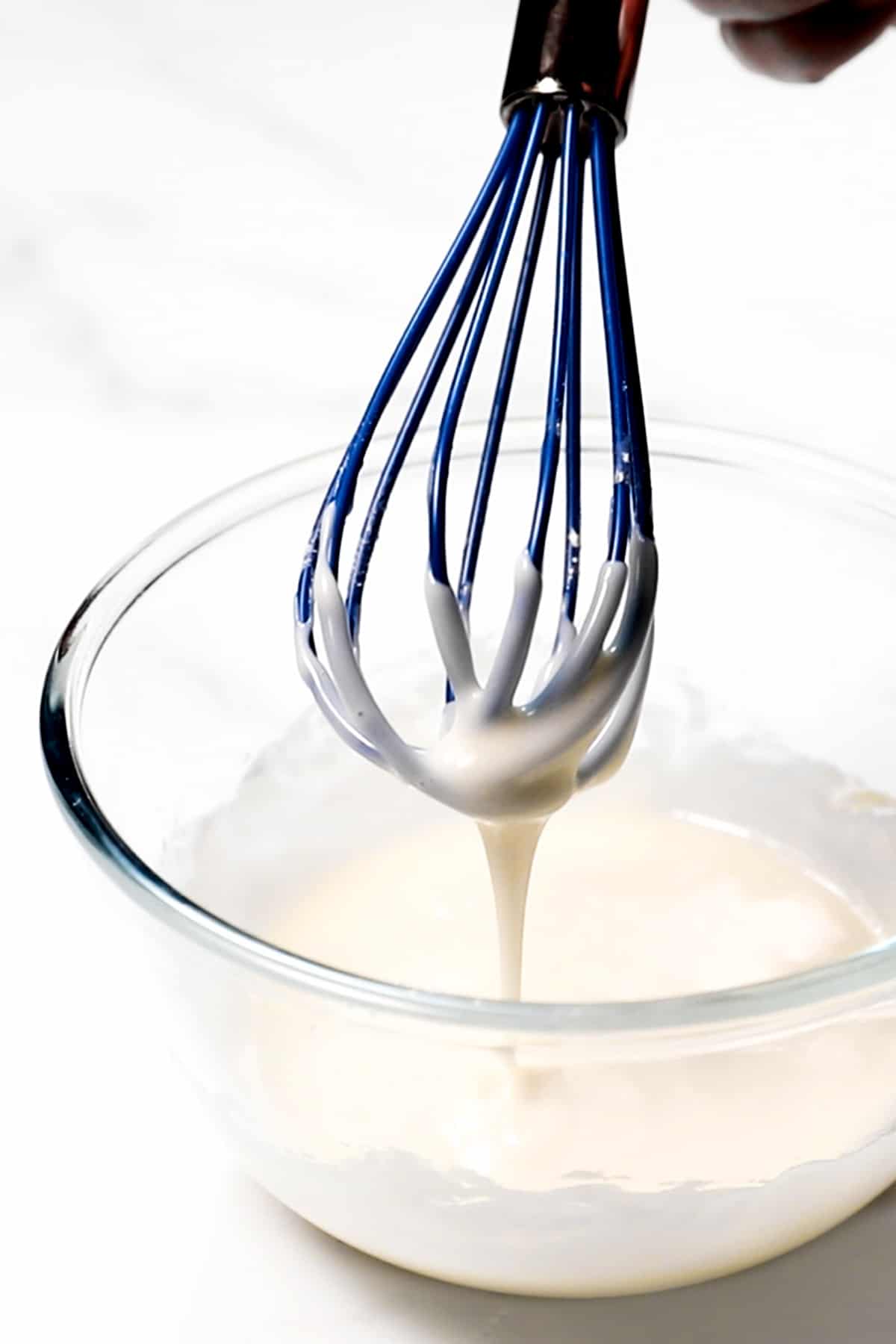
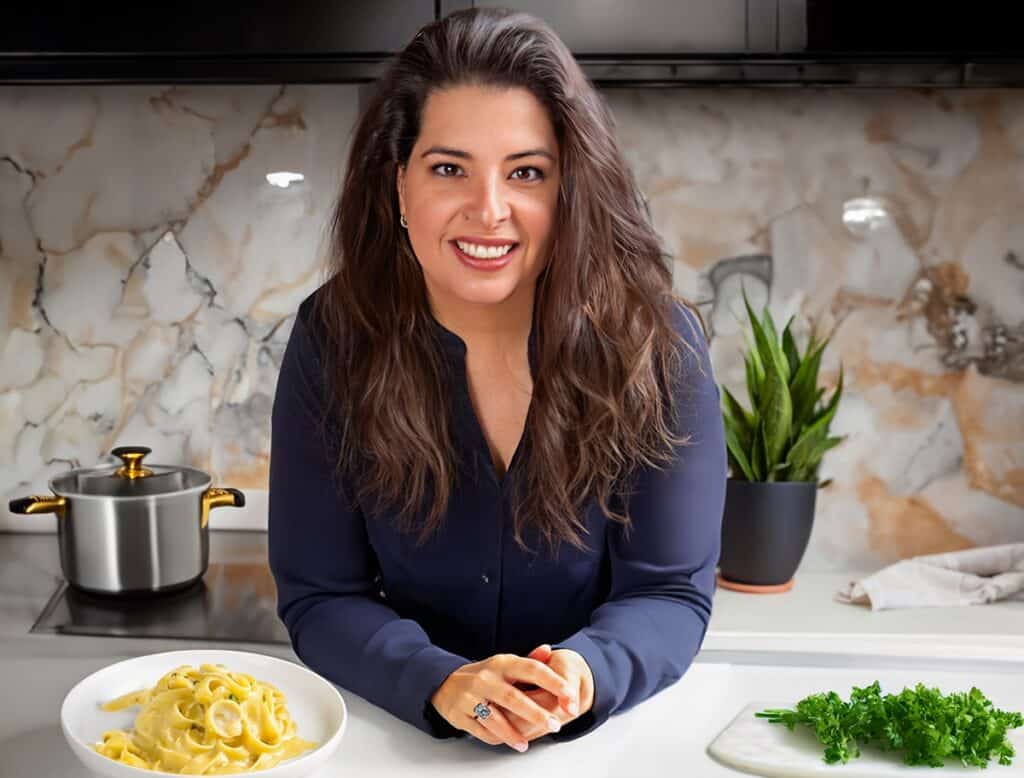
Leave a Reply